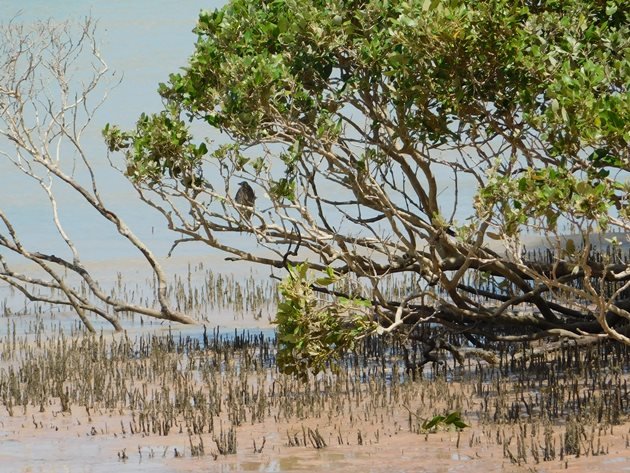
The Striated Heron Butorides striata is generally found along the coast around Broome, but we have also had one in our garden in the past. We have also observed them at river crossings between Broome and Derby. They can be reliably found at Gantheaume Point feeding among the rocks, but if the tide is very high they go into the scrub on the cliffs until the tide turns. They can also be found within the vicinity of the Broome Bird Observatory in Roebuck Bay. There is an unlimited supply of mud-skippers in Roebuck Bay and these creatures are nourishment to Striated Herons. The Striated Herons wait patiently in the shade of the mangrove trees and then pounce on the unsuspecting mud-skippers. It often looks like the Striated Herons are taking on rather more than they can swallow!
Striated Heron waiting
Striated Heron eating a mud-skipper
Mud-skipper gone!
Another good place to find them around Broome is in the Port area in the mangroves near the Hovercraft Base. When you go looking for the Common Greenshank on the mud you need to look for the cryptically camouflaged Striated Herons in the mangrove trees. The Striated Herons are almost always there and it is a good spot for Eastern Reef Egrets too. In the header photo you can possibly see the Striated Heron hiding in the mangrove tree.
Striated Heron in the mangrove tree
If you happen to go down to the Broome Port when the tide is very high then the Striated Herons do have a problem. They can no longer be sneaky and hide in the base of the mangrove trees and you may be lucky enough to observe them sitting out the high tide at the top of the mangrove trees!
Striated Heron at high tide
Striated Herons are widespread across much of the world and are always interesting to observe with their sneaky ambush tactics. In the north of Australia you may even come across the rufous morph of the Striated Heron if you are lucky!


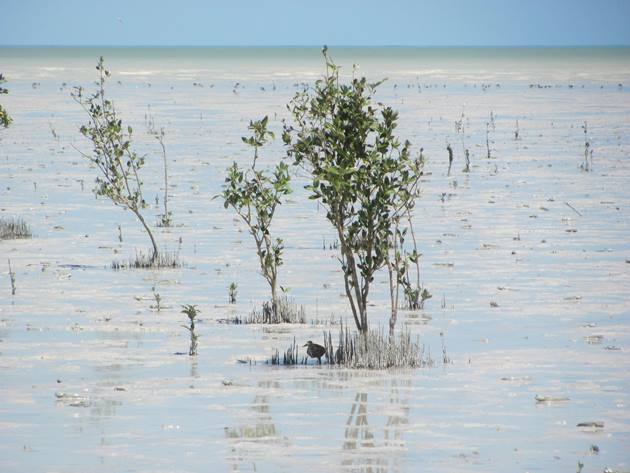
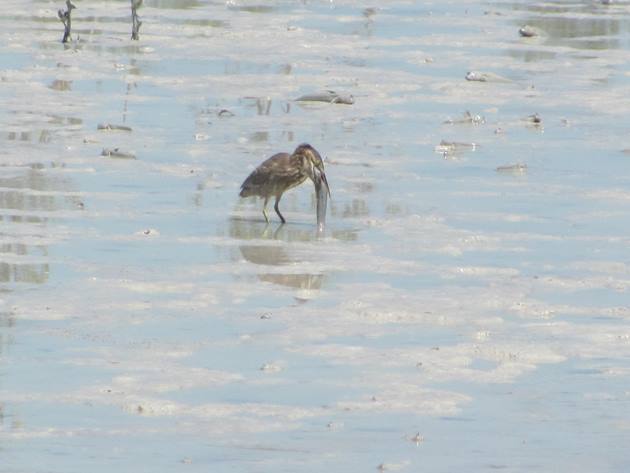
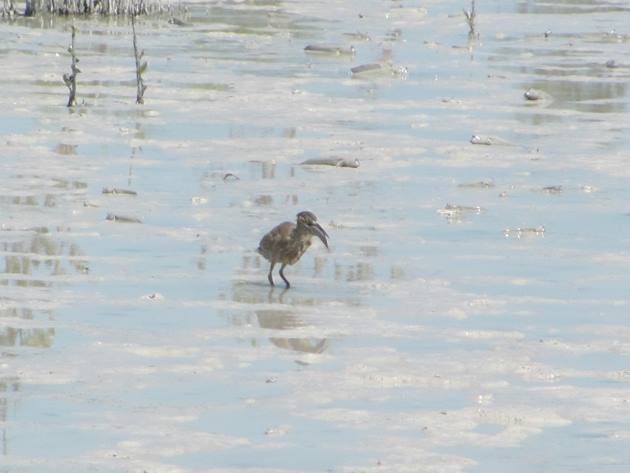
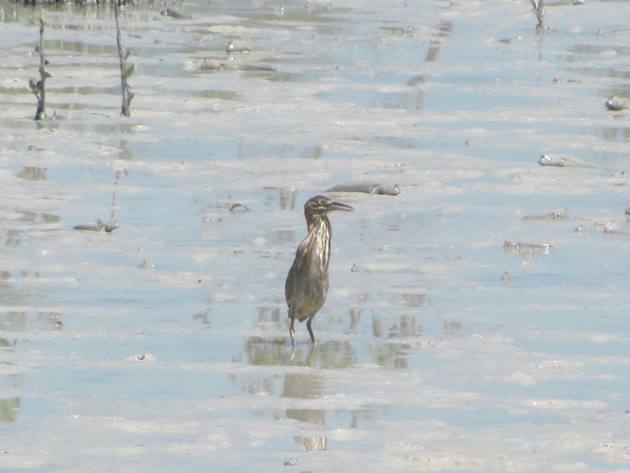
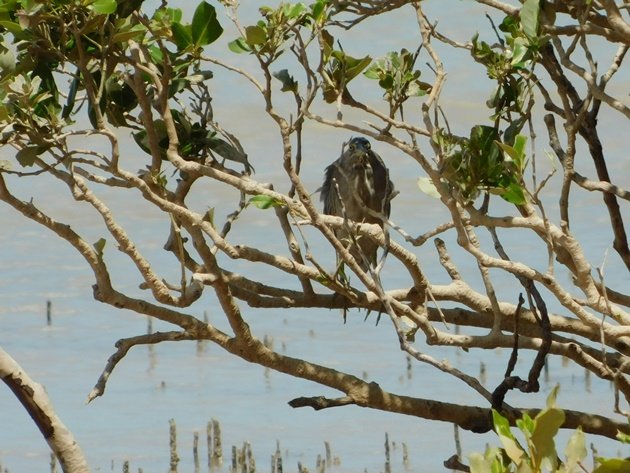
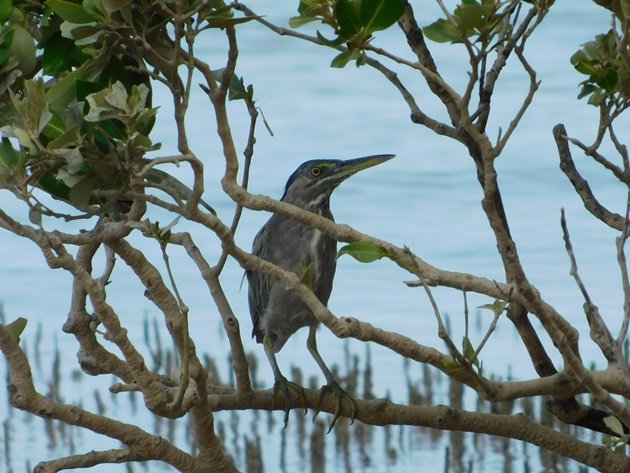
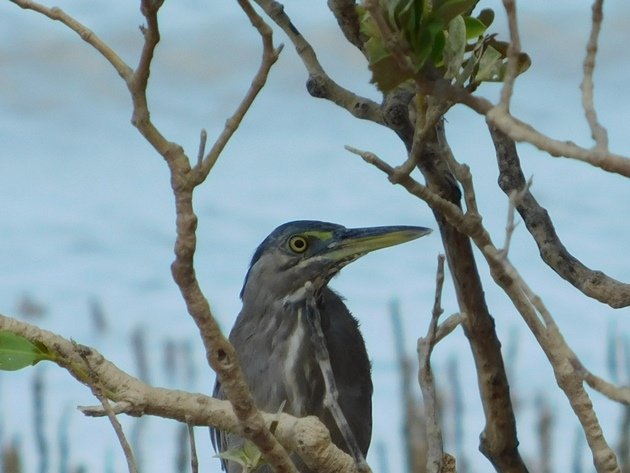
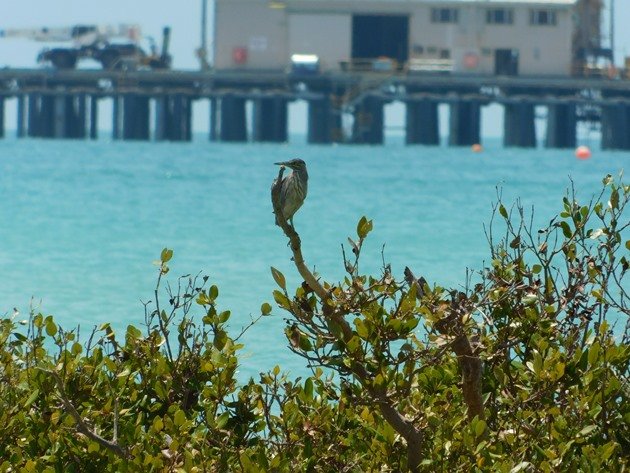











Leave a Comment